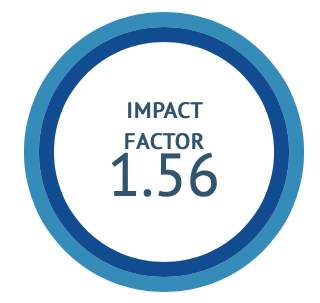Comparative efficacy of Ayaschurnadi yog and Dhatri loha in management of Garbhini pandu (Iron deficiency anaemia in pregnancy)
DOI:
https://doi.org/10.47552/ijam.v16i1.5217Keywords:
Rasajbhava, Raktapradoshaj vyadhi, Agnimandya, Pindikodwesthan, Garbhini pandu, AnaemiaAbstract
Effective management of iron deficiency anaemia during pregnancy is vital for the well-being of both the mother and the fetus. In Ayurveda, this condition is referred to as Garbhini Pandu, characterized by symptoms like panduta (pallor), weakness loss of appetite along with a deficiency of blood (Rakta Dhatu) and impaired nourishment of the body and fetus. Ayurvedic medicine offers various herbo-mineral formulations to address this condition. This study compares the efficacy of Ayaschurnadi Yog and Dhatri Loha in the management of Garbhini Pandu. Participants were randomly divided into two groups i.e. Group A- trial group and Group B- control group. Group A were treated with Ayaschurnadi Yog while Group B were given Dhatri Loha. Outcomes were assessed using subjective parameters such as pallor (panduta) of nails (nakha), conjunctiva (netra), tongue (jivha), palm and sole (hastapadatala), loss of appetite (agnimandya), weakness (daurbalya), palpitations (hrudspandana), and leg cramps (pindikodveshthana). Objective evaluation was based on hemoglobin levels (gm%) assessed on the 15th, 30th and 45th day. The assessment parameters were noted before and after treatment. Observations were noted and summarized in tabular form. The results demonstrated that both formulations were effective in alleviating symptoms of Garbhini Pandu. However, Ayaschurnadi Yog showed superior efficacy in symptom relief and hemoglobin improvement. Statistical analysis confirmed the significant effectiveness of Ayaschurnadi Yog, making it a promising alternative in the Ayurvedic management of Garbhini Pandu.
Downloads
Published
How to Cite
Issue
Section
License
Copyright (c) 2025 International Journal of Ayurvedic Medicine

This work is licensed under a Creative Commons Attribution-NonCommercial-ShareAlike 4.0 International License.
The author hereby transfers, assigns, or conveys all copyright ownership to the International Journal of Ayurvedic Medicine (IJAM). By this transfer, the article becomes the property of the IJAM and may not be published elsewhere without written permission from the IJAM.
This transfer of copyright also implies transfer of rights for printed, electronic, microfilm, and facsimile publication. No royalty or other monetary compensation will be received for transferring the copyright of the article to the IJAM.
The IJAM, in turn, grants each author the right to republish the article in any book for which he or she is the author or editor, without paying royalties to the IJAM, subject to the express conditions that (a) the author notify IJAM in advance in writing of this republication and (b) a credit line attributes the original publication to IJAM.




